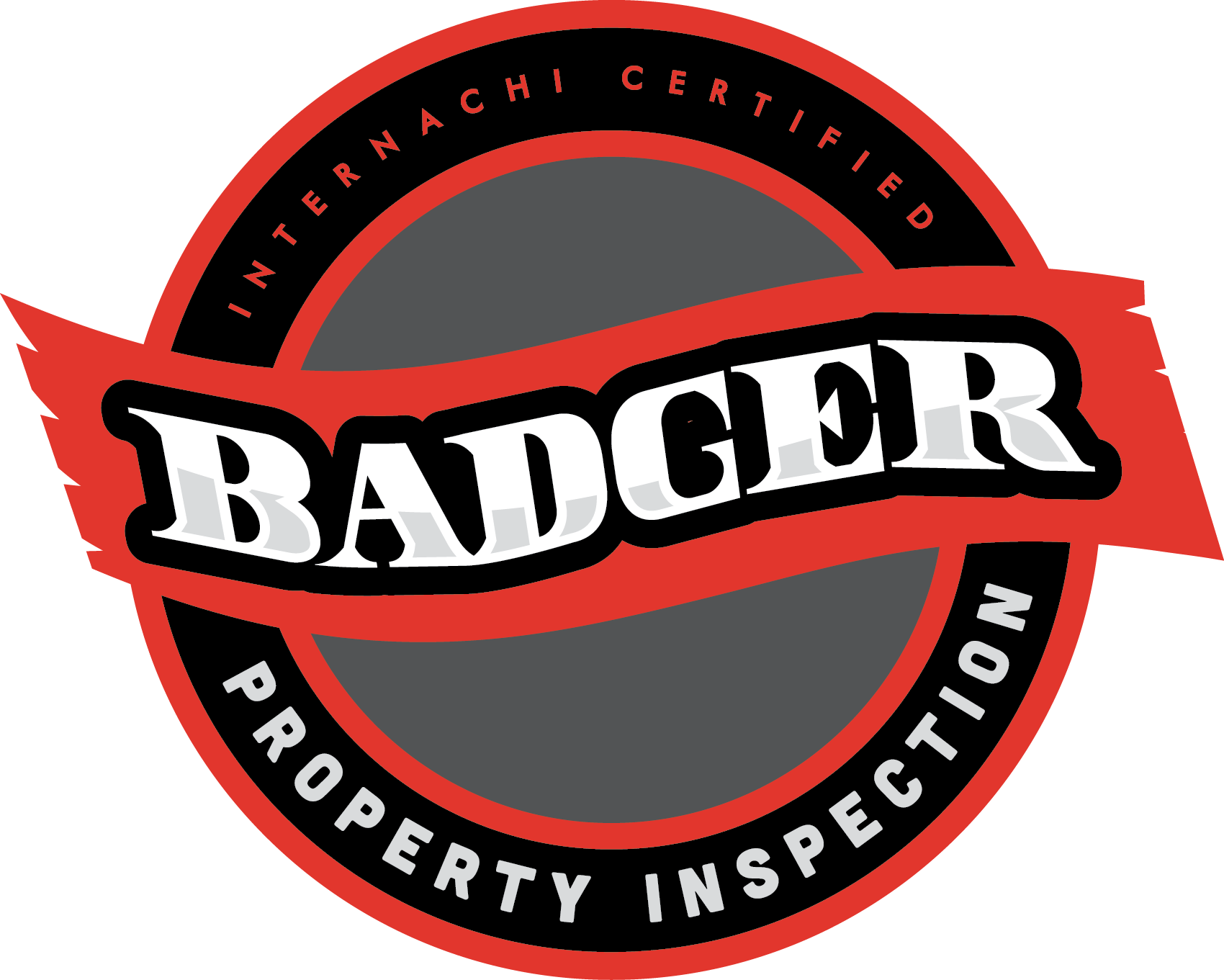Simple Steps for Allergy-Proofing Your Home
Allergies can make your own home feel like a hostile environment. But you don’t have to live with a constant battle against sneezing, itching, and congestion. Making a few targeted changes can transform your living space into a sanctuary of clean air and comfort. Allergy-proofing your home is a proactive step that significantly reduces your exposure to common allergens, offering you real relief.
Taming Dust Mites and Pet Dander
Dust mites and pet dander are two of the most pervasive indoor allergens. They thrive in fabrics and upholstered surfaces. The bedroom is a major hot spot, as mattresses and pillows are prime real estate for dust mites. You should encase your mattress, box spring, and pillows in special allergen-proof covers to combat this. These tightly woven fabrics create a barrier that prevents mites from escaping and allergens from collecting.
Additionally, washing your bedding weekly in hot water, at least 130°F, is crucial for killing dust mites and removing their waste. Regarding flooring, opting for hardwood, tile, or linoleum over wall-to-wall carpeting is a game-changer. If you must have carpeting, choose a low-pile option and vacuum it weekly with a vacuum cleaner that has a HEPA filter.
Controlling Mold and Pollen
Mold and pollen are also major culprits in the allergy world. Mold thrives in damp, humid environments like bathrooms and basements. Keeping your home’s humidity below 50% is key. Using a dehumidifier in damp areas and ensuring proper ventilation in bathrooms and kitchens will help prevent mold growth. If you find mold, clean it immediately with a detergent and water solution, and make sure the area is completely dry afterward.
When it comes to pollen, the goal is to keep it outside where it belongs. During high-pollen seasons, keep windows and doors closed. Use an air conditioner instead of fans, as fans can stir up dust and other particles. It’s also wise to change out of your outdoor clothes as soon as you come inside to avoid tracking pollen through your house.
Improving Your Indoor Air Quality
Beyond cleaning and managing humidity, the air you breathe can be a source of allergens. While it’s impossible to eliminate all airborne particles, you can dramatically reduce their presence. An air purifier with a true HEPA filter is one of the most effective tools. These devices are designed to capture microscopic particles like pollen, pet dander, and dust mite debris. Place an air purifier in your bedroom or where you spend the most time.
Another essential step is to upgrade the filters in your central heating and cooling system. Look for a filter with a Minimum Efficiency Reporting Value (MERV) of 11 to 13. These filters are more effective at trapping small particles than standard filters. Remember to change them regularly, typically every one to three months, to ensure they remain effective and don’t strain your HVAC system. By following these steps, you can take control of your home environment and enjoy a life with fewer allergy symptoms.
Badger Property Inspection provides home inspections for Southeastern Wisconsin. Contact us today to schedule your services.

